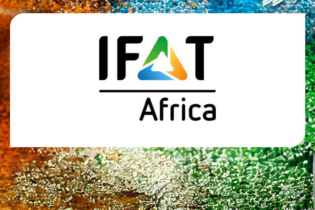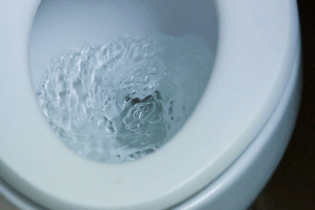The revised Proposed Basin Plan is the latest step in a policy process that began 20 years ago, when a cap was imposed to stop the unsustainable growth in extractions of water from the Murray-Darling Basin. Before the cap, the capacity of the environment to sustain extractions was, for all practical purposes, ignored. This changed with a couple of spectacular environmental disasters, notably including an outbreak of blue-green algae on the Darling River, and the loss of large areas of productive land to salinisation.
Since the imposition of the cap, the environment has had, in effect, the status of a residual claimant. Once the legal entitlements of extractive water users (irrigators and urban communities) are satisfied, what is left over goes to the environment. The Basin Plan was supposed, at least ostensibly, to turn that around. It was prepared under the Howard government’s Water Act which took control of the Basin from the states, on the basis of the government’s obligations under the RAMSAR convention on wetlands. The proposal was to use a science-based process to determine sustainable diversion limits, then work out how to reduce water extractions in line with these limits. This was never going to work politically. In the absence of a clear plan to reduce water allocations, irrigators reasonably feared that their allocations would be subject to compulsory cuts, with or without compensation. Moreover, there was no political support for the position that the environment had first priority – it was merely a legal device used to justify the Commonwealth takeover. The first draft of the Basin Plan recognised this in practice, by setting a maximum return to the environment of 4 000 billion litres (gigalitres – GL), and a minimum of 3 000 GL but the accompanying rhetoric was all about putting the environment first. Following a firestorm of adverse reaction, and a long process of political argy-bargy, we now have a target of 2,750 GL. This is not ideal from an environmental viewpoint, but far more than might have been expected 20 or even 10 years ago. The big problem lies with the proposal that, instead of continuing to buy water rights irrigators who are willing to sell their entitlements, future policy should focus on engineering works designed to save water. This policy is bad for farmers, bad for the environment and bad for the community in general. The harm to the community arises from the fact that infrastructure investments are the most expensive way of reducing water use in irrigation. Buying water rights on the open market has cost around $2 000 for each million litres (megalitres – ML) of high security entitlements. By contrast, the Wimmera-Mallee pipeline project was originally estimated to cost $500 million and to save 100 GL each year, yielding a cost of $5 000/ML. In reality, the final cost was nearly $700 million, three or four times the value of the water saved. The Victorian Food Bowl Modernisation project has been even worse. On the optimistic estimates used to justify the project, the first stage involved spending more than $1 billion to upgrade irrigation facilities in the hope of reducing losses of water through leakage, seepage and evaporation. The water saved as a result, estimated at 225 GL, was to be divided equally between agriculture, the environment and urban use in Melbourne, but a political backlash has led the Baillieu government to shut down the pipeline to Melbourne. If water for irrigators is accorded its market value, the share going back to the environment will end up costing around $10 000/ML.But these boondoggles were seen as the best options available at the time. There is every reason to think that finding another 1 000 GL through infrastructure projects will be even more expensive. Almost certainly, it will cost more than the $6 billion that was set aside for the process under the Howard government.
The abandonment of buybacks is also bad for farmers. The option of selling water rights proved vital to the survival of many farms during the drought. It is still an attractive option for many, particularly those who want to change from an irrigated crop, where markets may be weak, into some form of dryland agriculture. In Victorian jurisdictions, where annual sales out of a given district are restricted, there is a rush every year when the option to sell becomes available. In some cases, applications to sell fill the available quota on the first day. Finally, infrastructure projects are bad for the environment because much of the supposed water ‘saving’ is illusory. Lots of water is lost to irrigation systems through leakage (water flowing through the walls of channels) and seepage (absorption of water into the soil from the bottom of channels), but this water is not lost to the environment. Because groundwater and river systems are interconnected, much of this ‘lost’ water eventually returns to rivers. Unfortunately, at this point, the government appears to be locked in to the infrastructure investment policy, and the Opposition has always supported it. The best we can hope for is that the water returned to the environment, at such high cost, will be used wisely. In this respect, the Proposed Basin Plan has some useful points to offer regarding the design of environmental watering plans for wetlands and other sensitive areas. Bismarck is supposed to have said that those who wish to enjoy either sausages or legislative arrangements should not watch them being made. The process of developing the Basin Plan has not been a pretty one but with luck, the outcome will be better than no plan at all. Source: abc.net.au







